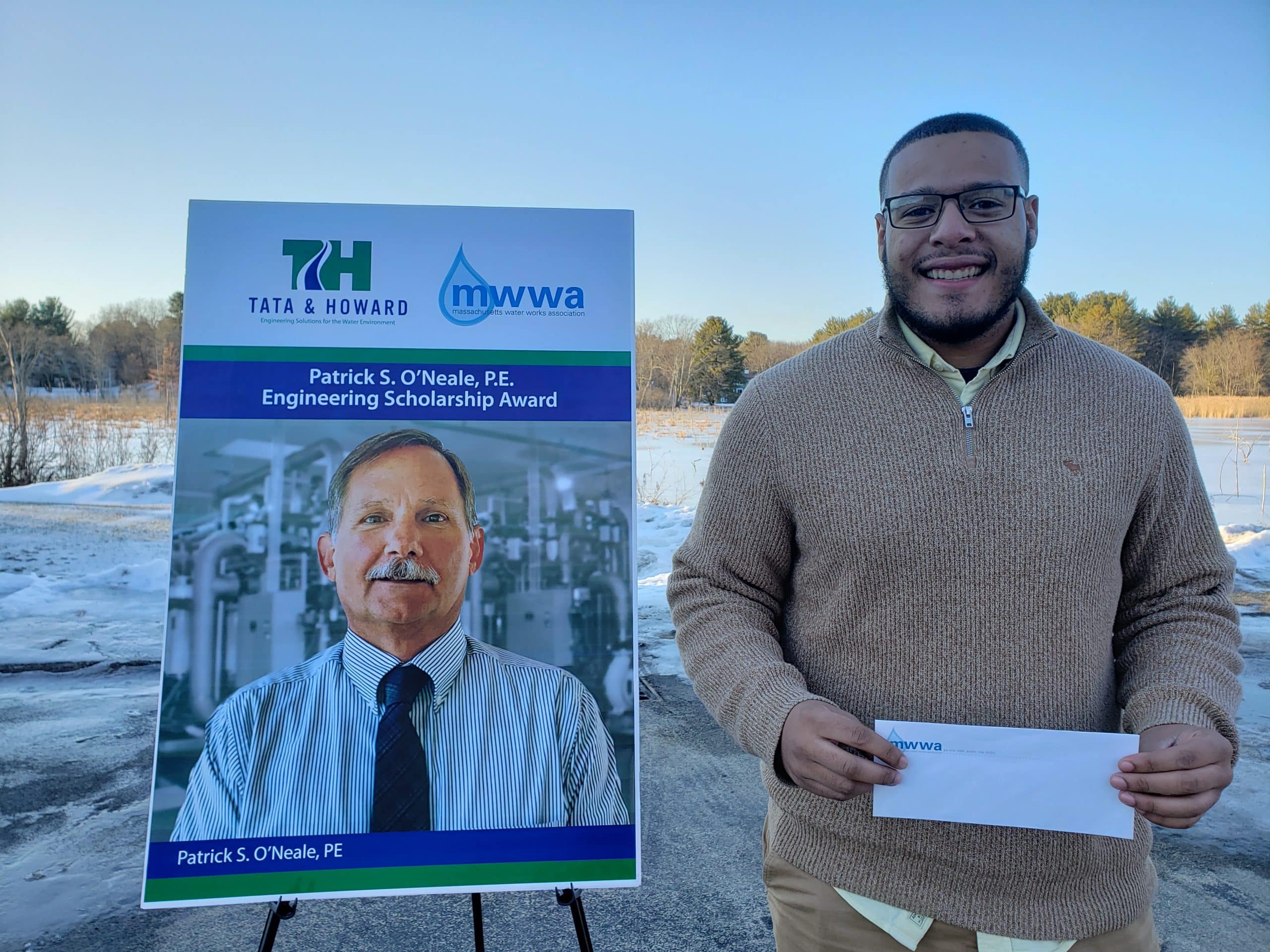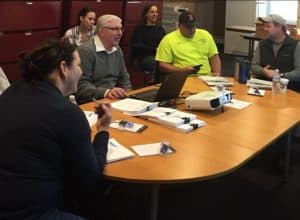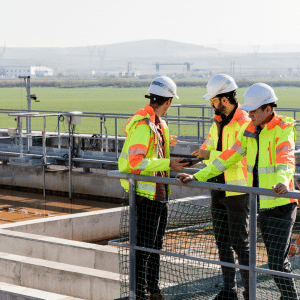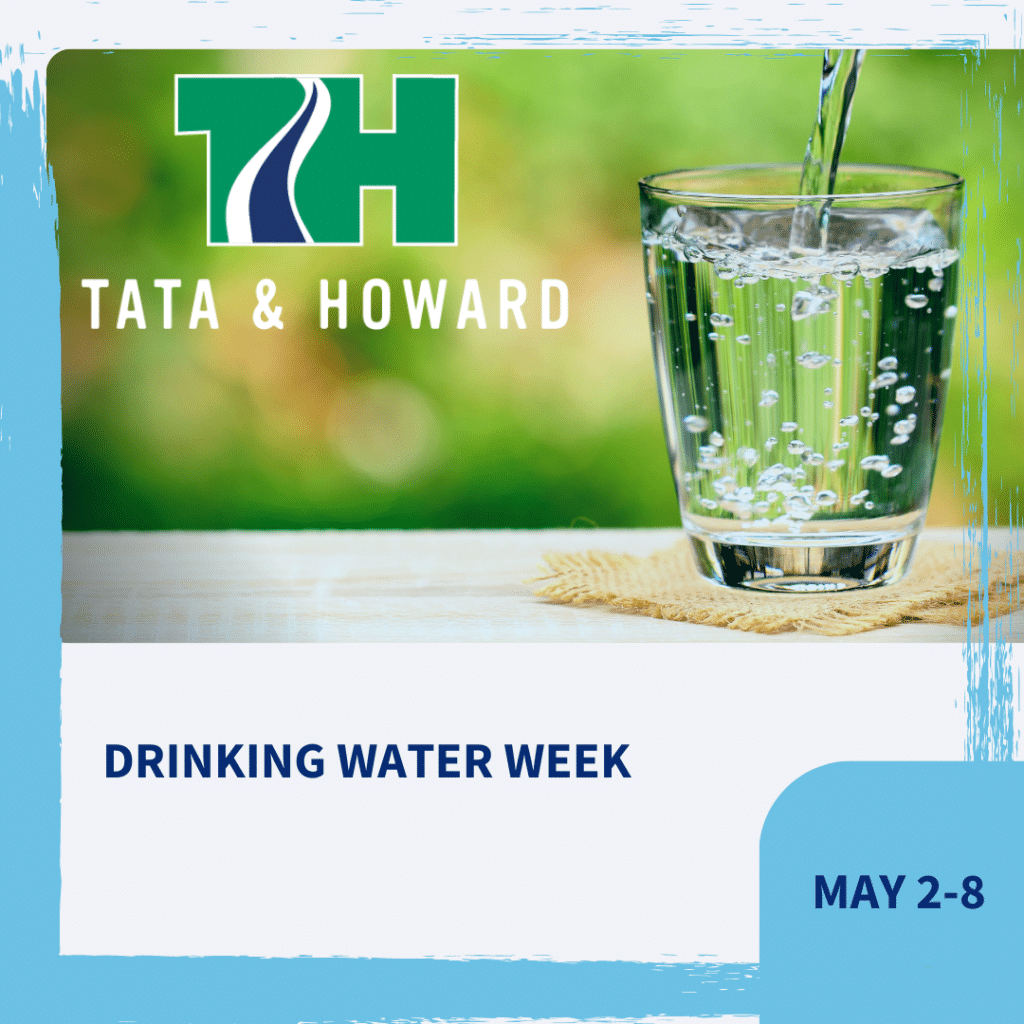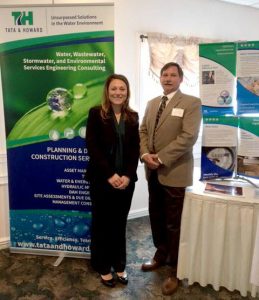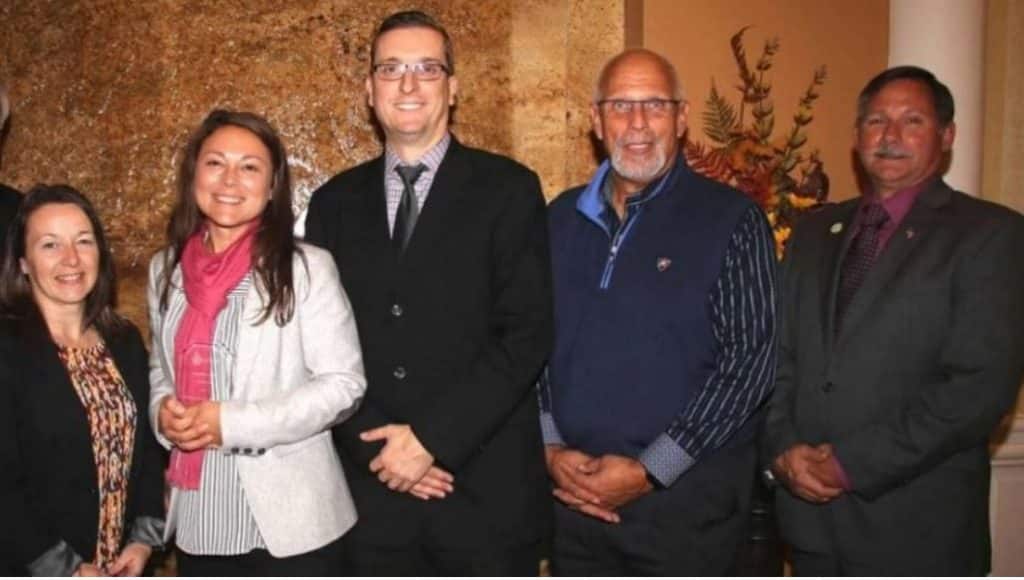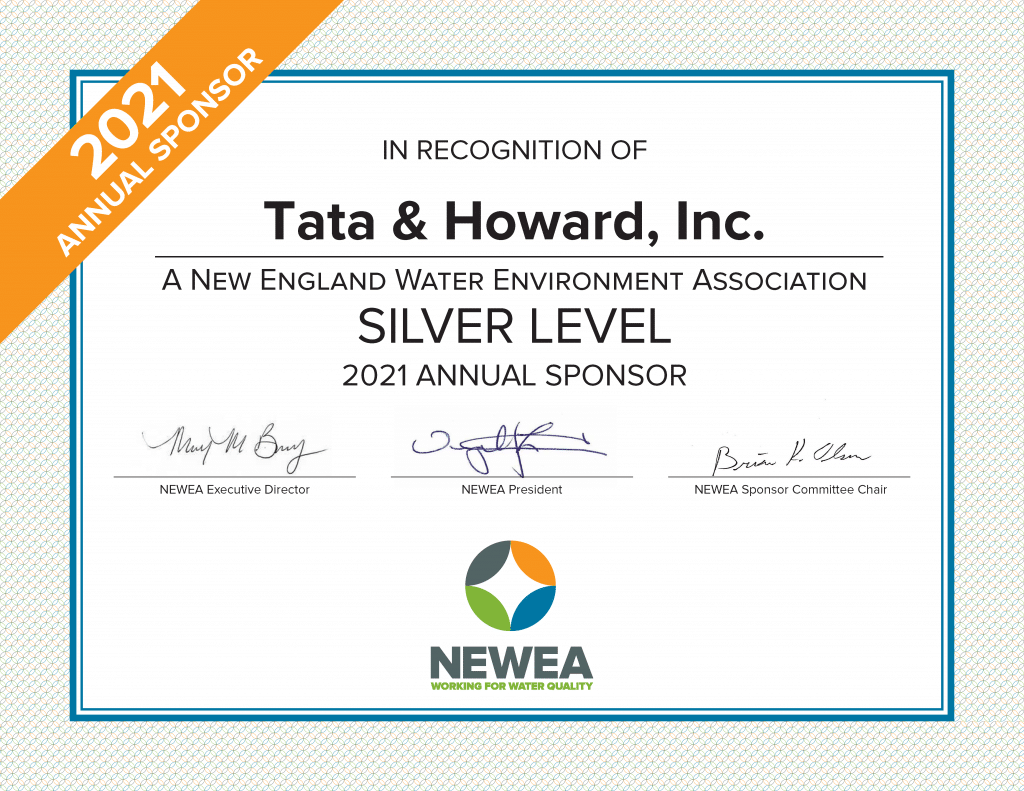Save Water on Earth Day and Every Day
April 22nd marks the 44th annual Earth Day, and with it comes an increased urgency to protect our natural resources and to mitigate the damage that we are doing to our environment. Here at Tata & Howard, our passion is water. Only 1% of the world’s water is available for use as drinking water, and we support the goal to keep it safe, clean, and abundant. While government agencies such as the EPA aim to protect our nation’s water supplies from being depleted or contaminated, they can only do so much. True conservation comes at a grassroots level — from the individual. The average American uses 140-170 gallons of water per day, a number which can and should be reduced drastically. Below, we have collected some ideas to help save water in your home.

Water conservation in the home
Lock up leaks
Put a little food coloring in your toilet tank. If, without flushing, the color begins to appear in the bowl within 30 minutes, you have a leak that should be repaired immediately. Most replacement parts are inexpensive and easy to install.
A leaky faucet can waste 100 gallons a day. That’s the equivalent of 270 loads of laundry!
Tame the trash
Dispose of tissues, insects, food, and other such waste in the trash rather than the toilet. Every time you flush, five to seven gallons of water goes literally and figuratively down the toilet. Avoid flushing the toilet unnecessarily.
Shore up your shower
Inexpensive water-saving low-flow shower heads or restrictors are easy to install. “Low-flow” means it uses less than 2.5 gallons per minute. Also, showers can use five to ten gallons every minute. Limit your showers to the time it takes to wash and rinse off. A 5-minute shower uses over 20 gallons of water, while a 10-minute shower uses over 40 gallons!
Protect your pipes
It’s easy and inexpensive to insulate your water pipes with pre-slit foam pipe insulation. You’ll get hot water faster plus avoid wasting water while it heats up.
Turn off the tap
Leaving the tap on while brushing your teeth or shaving wastes a whopping five gallons of water. Turn the water off while you brush. For shaving, fill the sink with a few inches of warm water. This will rinse your razor just as well as running water, with far less waste of water. When washing dishes by hand, don’t leave the water running for rinsing. Wash all dishes first, then rinse them all at once. Don’t let the faucet run while you clean vegetables. Just rinse them in a stoppered sink or use a spray nozzle.
Load your loads
Automatic dishwashers and clothes washers should be fully loaded for optimum water conservation. Don’t pre-rinse dishes. Most auto dish soap manufacturers recommend against it, and it saves additional water.
With clothes washers, avoid the permanent press cycle, which uses an extra five gallons. For partial loads, adjust water levels to match the size of the load. Replace old clothes washers with new Energy Star rated washers which use 35 – 50% less water and 50% less energy per load. If you’re in the market for a new clothes washer, consider buying a water-saving frontload washer.
Cool your canister
Store drinking water in the refrigerator rather than letting the tap run every time you want a cool glass of water.
Reuse the rest
Never put water down the drain when there may be another use for it such as watering a plant or cleaning your home.
Water conservation in the yard and garden
Plant your property
If you are planting a new lawn, or overseeding an existing lawn, use drought-resistant grasses. Choose shrubs and plants that thrive with less watering than other species. Replace herbaceous perennial borders with native plants. Native plants will use less water and be more resistant to local plant diseases.
Plant slopes with plants that will retain water and help reduce runoff.
Group plants according to their watering needs.
Mind the Mulch
Mulch will slow evaporation of moisture while discouraging weed growth. Adding 2-4” of organic material such as compost or bark mulch will increase the ability of the soil to retain moisture. Press the mulch down around the dripline of each plant to form a slight depression, which will prevent or minimize water runoff.
Love your lawn
Water your grass and trees more heavily, but less often. This saves water and builds stronger roots. A light sprinkling can evaporate quickly and tends to encourage shallow root systems. Put an empty eco-safe tuna can on your lawn; when it’s full, you’ve watered about the right amount.
Water your lawn only when it needs it. If you step on the grass and it springs back up when you move, it doesn’t need water. If it stays flat, it needs water. Water lawns during the early morning hours, or evening when temperatures and wind speed are the lowest. This reduces losses from evaporation. Most lawns only need about 1″ of water each week.
Allow your lawn to grow to 3” before mowing. This practice promotes water retention in the soil.
During dry spells, you can stop watering altogether and allow your lawn to go brown and dormant. Once cooler weather arrives, the morning dew and rainfall will bring the lawn back to its usual vigor. This results in a brown summer lawn…and a green residence.
Groom the gardens
Add organic matter and use efficient watering systems for shrubs and flowerbeds. Adding compost to your soil will help increase its absorption and water retention, and will improve the health of your plants. Avoid over-watering plants and shrubs, as this can actually diminish plant health and cause yellowing of the leaves. When hand watering, use a variable spray nozzle for targeted watering.
Eco your auto
Clean the car using a pail of soapy water, and only use the hose for rinsing. This easily implemented practice can save as much as 150 gallons when washing a car.
Sweep the street
Use a broom, not a hose, to clean driveways and sidewalks
In 1990, 30 US states reported ‘water-stress’ conditions. In 2000, that number rose to 40. In 2009, the number rose again, to 45. Today, some states find themselves in an actual water crisis, and the number of water-stressed areas continues to rise. One of the easiest and most beneficial ways to alleviate this water stress is to take measures in our own lives. Families should practice water mindfulness together, with parents teaching their children and leading by example. Saving water at home requires minimal effort and expenditure yet provides a positive and powerful environmental impact. And, if you are one of the 85% of Americans receiving your water from a public water supply, these ideas will save you money as well.
Happy Earth Day!



